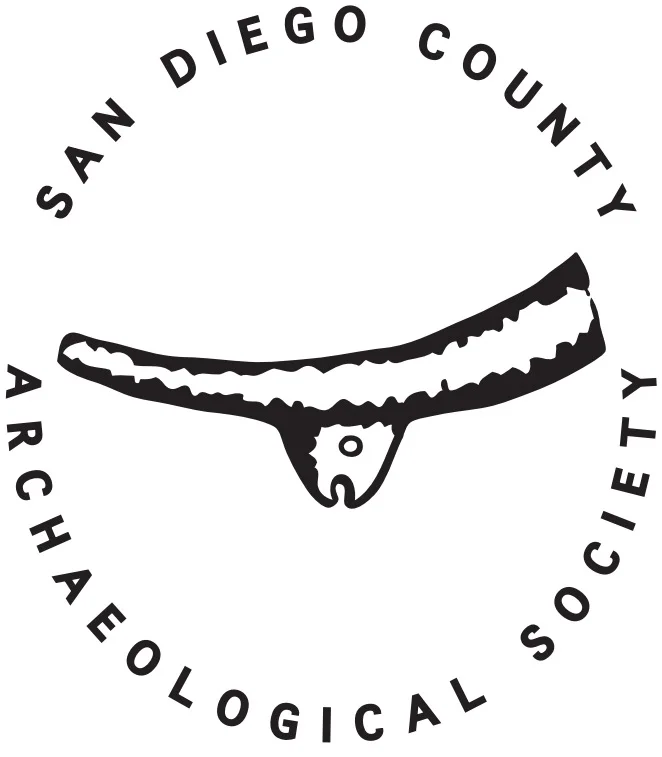The Cerutti Mastodon (CM) site was discovered and excavated along State Route 54 in San Diego over a 5-month period during the winter of 1992-93 and yielded the partial remains of a single American mastodon (Mammut americanum) in association with evidence indicating that hominins broke the bones 130,000 years ago.
The taphonomic evidence for human agency is diverse and includes bone impact features (e.g., cone flakes, bulbs of percussion, and a large arcuate impact notch with associated negative flake scars); stone impact and usewear features (e.g., negative flake scars, Hertzian initiations, deep cracks and angular fractures); bone, tusk, and stone distribution patterns (e.g., femoral diaphysis fragments clustered around a single large cobble, detached femoral heads positioned side-by-side, and vertically oriented tusk); differential bone breakage (e.g., intact fragile ribs vs. sharply broken heavy limb bones); and bone, molar, and stone refits (e.g., 80-cm displacement of 5 pieces of a partial femoral diaphysis, 3-meter displacement of 3 pieces of single molar, 3-meter displacement of 7 pieces of a single large cobble). Significantly, most CM bones and stones were enclosed within crusts of pedogenic carbonate that establish a “chain of evidence” showing that breakage and positioning of objects at the site occurred many thousands of years ago. No knapped stones or butchery-marked bones were recovered at the CM site, which we propose was a bone-processing site occupied for a very short period of time for a very limited set of activities (expedient stone hammers and anvils used to break mastodon bones for marrow extraction and/or raw materials). Alternative hypotheses (e.g., debris flow, plunge pool, alluvial fan, trampling, carnivore scavenging, and damage by heavy equipment) do not account for the multiple lines of evidence at the CM site.
Presenters:
Tom Deméré, Ph.D.; Curator of Paleontology, San Diego Natural History Museum.
Tom Deméré attended San Diego State University (B.S., Geology), University of Southern California (M.S., Geology), and University of California Los Angeles (Ph.D., Evolutionary Biology) and has worked at the San Diego Natural History Museum since 1979, where he is Curator of Paleontology. Dr. Deméré is the author of numerous scientific and popular articles dealing with the paleontological history of southern California and the evolutionary history of marine mammals. Tom also serves as Director of the Museum’s Department of PaleoServices, which provides paleontological assessment and mitigation services throughout the greater southern California region. The efforts of PaleoServices have resulted in the discovery and recovery of thousands of fossil specimens that now reside in the Museum’s research collections and public displays.
Back to All Events
Earlier Event: October 24
Beware, here there be pirates!
Later Event: January 23
Pictographic Clues on the Cultural Landscape of Southern California
